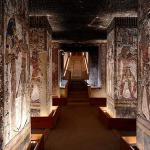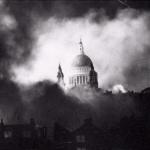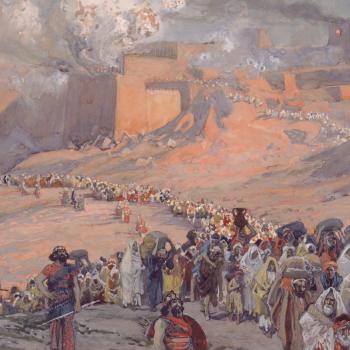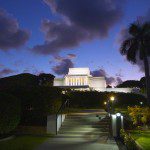
(From the website of the former Cruise Lady company)
We left our boat this morning and headed over the great temple complex of Karnak, where we spent a couple of hours and could easily have spent many, many, many more. We had a very Egyptian lunch at a restaurant in Luxor called Sofra, and then our group began to split up. Six of our number headed off in a small van to Hurghada, while the rest of us proceeded to the airport for a flight back to Cairo.
The ancient Egyptian name for the city that we now know as Luxor was, roughly, Waset, which means, again roughly, “(the city of the) scepter.” In the Iliad of Homer, it was called “Thebes of the Hundred Gates” (Θῆβαι ἑκατόμπυλοι, Thēbai hekatómpyloi) — as contrasted with “Thebes of the Seven Gates” (Θῆβαι ἑπτάπυλοι, Thēbai heptápyloi), which was located in Boeotia, in Greece itself. The Arabs, unaware that the vast buildings in the area had been temples, came to call it الأقصر (al-ʾuqṣur, ”the palaces”). And it is fromالأقصر that we English-speakers derive the name of a large hotel in Las Vegas and — oh yes! — of the capital city of the ancient Egyptian New Kingdom.
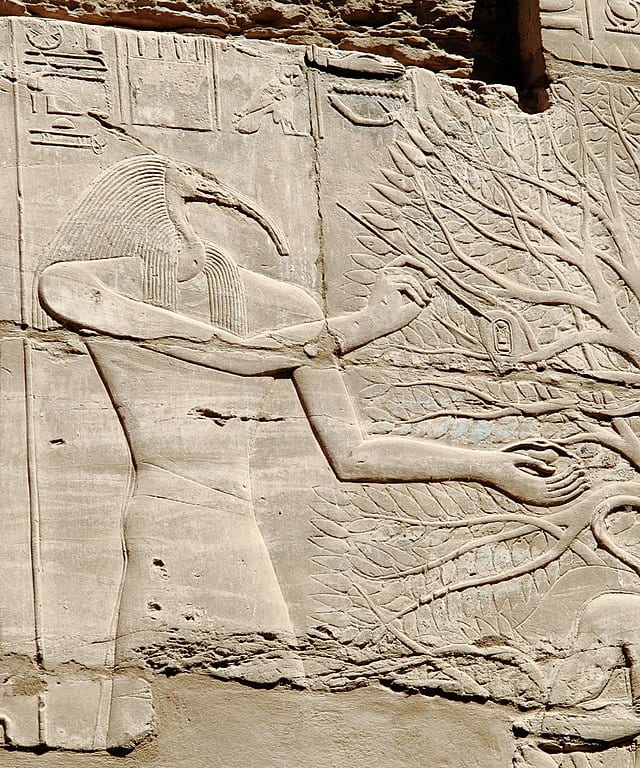
A new item has gone up on the website of the Interpreter Foundation: Interpreter Radio Show — December 31, 2023
In the 31 December 2023 episode of the Interpreter Radio Show, broadcast on the final day of the year, Martin Tanner and Terry Hutchinson had Brant Gardner on the show as their special guest. They discussed Come, Follow Me Book of Mormon lesson 4 and Brant’s books on the Book of Mormon.
A recording of their conversation has now been edited to remove commercial breaks, archived, and made available at no charge to anybody interested in listening. The “New Testament in Context” portion of the show, for the Come, Follow Me Book of Mormon lesson 4, will also be posted separately on Tuesday, 16 January 2024.
The Interpreter Radio Show can be heard live on Sunday evenings from 7 to 9 PM (MDT), on K-TALK, AM 1640. Or, if you’re outside of the Salt Lake Valley (say, on the banks of the River Nile in Upper Egypt), you can listen live on the Internet at ktalkmedia.com.
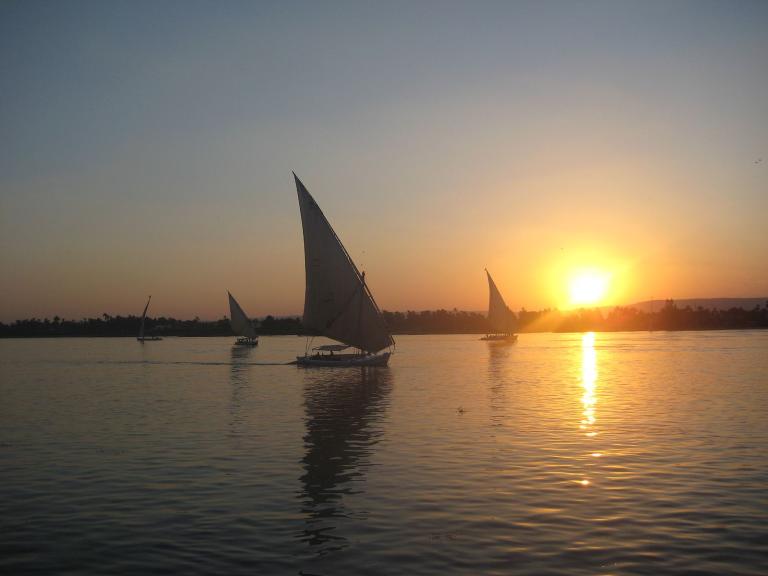
Here’s a Luxor-related episode from my eventual autobiography:
My wife and I took the overnight train from Cairo to Luxor on Monday night, 5 October 1981. When we arrived at the Luxor station fairly late the following morning, we instantly sensed that there was something odd in the air, but we couldn’t tell at first what it was.
We eventually found out that Egyptian radio and television had been broadcasting the annual “victory” parade that was held in Cairo to celebrate Operation Badr. What was Operation Badr? It was a military effort at the beginning of the 1973 Arab-Israeli War — aka the Yom Kippur War or the Ramadan War — during which the Egyptian Army had crossed the Suez Canal and taken a portion of the Sinai Peninsula back from Israel. After the humiliation of the 1967 Six Day War under the late Egyptian president Gamal Abdel Nasser — when Egypt had lost the Sinai — this had been a significant psychological moment for Egypt and Nasser’s still relatively new successor, Anwar Sadat. It restored the pride of the Egyptians, and their confidence, and I believe that it enabled Sadat to undertake his historic and heroic November 1977 visit to Jerusalem and the Israeli-Egyptian peace negotiations that followed thereafter.
Anyway, the broadcasting suddenly stopped, and radio and television began to play classical and military music instead, with only static images. That was what was happening when we arrived in Luxor.
It took us quite a while to find out, and then to confirm, that President Sadat had been assassinated.
It took us even longer to figure out the extent of what had happened, which, fortunately, was less than we had feared. Not to say that the death of President Sadat wasn’t terrible. It was. Like many Americans, I regarded him as a hero, and I still do. But initial rumors suggested that a full-scale coup or revolution had taken place in Cairo. (And, in fact, an insurrection did take place in the Upper Egyptian city of Asyut — right along the railroad route between Luxor and Cairo — where rebels took control for several days. Fully 68 policemen and soldiers were killed in the fighting, and government control was not restored until paratroopers arrived from Cairo.) We were hours away from our apartment an not sure, at least for a day or two, whether it would even be safe to return home.
In the end, things were okay. For us, anyway. Life went on. (Traveling back through Asyut after several days in Luxor, we noticed nothing. Nothing about troubles there had been mentioned in the Egyptian media; we learned about them much later.)
I still very distinctly recall the first time I heard the surprisingly deep voice of President Hosni Mubarak. For some reason, I remember a fragment of his first sentence: Argu an tismahu li (“I hope that you will permit me”), he began. His voice shocked me a bit.
I’ve always regretted that I never met Anwar Sadat. I was in a class at the American University in Cairo with his daughter Noha. And I’ve since met his widow, the very impressive Jehan Sadat. But I never met President Sadat, whom I regard as one of the great figures of the twentieth century.
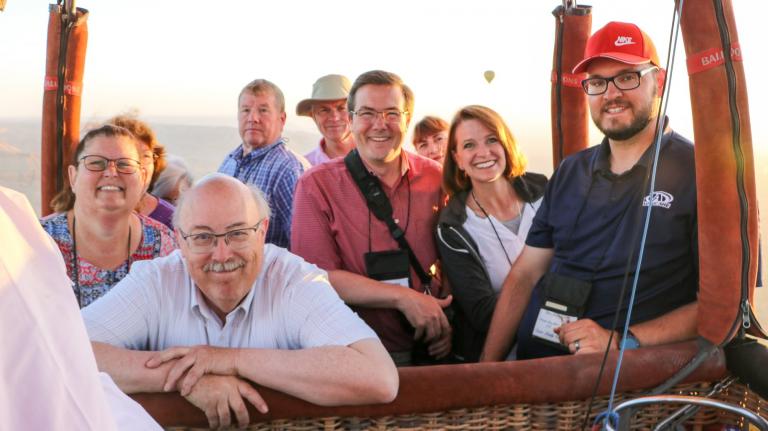
Finally, an appalling outrage that I’ve retrieved from the seemingly inexhaustible Christopher Hitchens Memorial “How Religion Poisons Everything” File™: “Political Ideology, Religious Attendance and Mental Illness: A deep dive into data collected during the COVID-19 pandemic”
“I will say this without equivocation, though: regular religious attendance does seem to be a type of panacea for many of the mental health issues that folks encountered during the last several years.”
Posted from Cairo, Egypt


